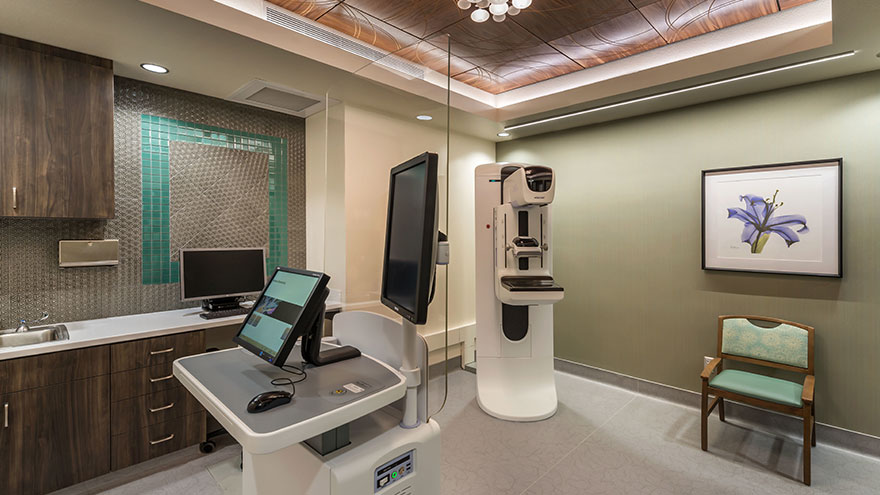Search
Results for 'baby safe class'
Clear-
What it's Really Like to Have a Mammogram
Have you found yourself avoiding scheduling a mammogram because it sounds uncomfortable and maybe a little scary? Many people feel this way but knowing what to expect can help ease your worries. Follow along for a reassuring step-by-step guide on getting a mammogram from Melissa Dahir, Community Relations Liaison at Renown Health. Getting a mammogram is important to me because my mom is a Stage 3, double mastectomy breast cancer survivor. I began receiving annual breast health screenings at an early age, in addition to performing monthly self-exams. So far, all my appointments have gone well, and I hope that sharing my experience will encourage you to schedule this important screening today! Scheduling the Appointment Scheduling my appointment was very easy. I contacted the scheduling team for help with booking multiple appointments and they were very helpful in finding just the time I needed.
-
Which Type of Breast Health Screening is Right for You?
Reviewed by Dr. Colleen O'Kelly-Priddy, MD, FACS, breast surgical oncologist at Renown Women's Health. In the United States, breast cancer is the most common cancer among women, with approximately 1 in 8 women developing breast cancer during their lives, reports the American Cancer Society. These statistics can be a little startling; however, when it comes to taking charge of your health, early detection is key. The National Breast Cancer Foundation, Inc. reports that when breast cancer is caught in its earliest, localized stages, the 5-year relative survival rate is 99%. The earlier breast cancer is found, the more treatment options are available and better survival rates are seen. New technology and evolving screening guidelines are crucial for women to understand and choose the right screening method for their specific needs. The most common types of screenings available today are: 2-D Mammography 3-D Mammography Whole Breast Ultrasound What is the Difference Between 2-D Mammography and 3-D Mammography? 2-D Mammography: In a standard 2-D mammogram, the tech takes X-rays of the breast, compressing it top-to-bottom and side-to-side, providing a 2-dimensional view in each direction. These pictures can show the radiologist if there are abnormalities you might not be able to feel. 3-D Mammography: In 3-D mammography, or “tomosynthesis,” the process is largely the same, but more images are taken, and it takes a few seconds longer. This kind of exam provides a more detailed view because it reduces the overlap of tissues that can take place in a standard 2-D mammogram. Using 3-D mammography, radiologists can detect 41 percent more cancers and reduce the number of callbacks for additional imaging. This improvement in technology is great for both patients and their care providers. Renown uses 3-D mammography because it produces better images of the breast, enabling doctors to more accurately diagnose and reduce false positives, especially in women with dense breast tissue.
Read More About Which Type of Breast Health Screening is Right for You?

